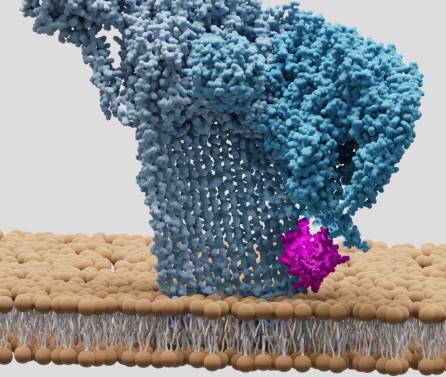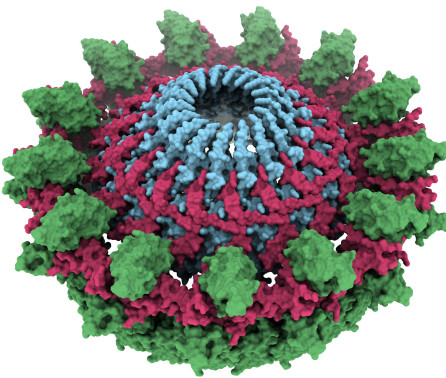BibTex format
@article{MacDonald:2016:10.1042/BST20160155,
author = {MacDonald, J and Freemont, PS},
doi = {10.1042/BST20160155},
journal = {Biochemical Society Transactions},
pages = {1523--1529},
title = {Computational protein design with backbone plasticity},
url = {http://dx.doi.org/10.1042/BST20160155},
volume = {44},
year = {2016}
}

